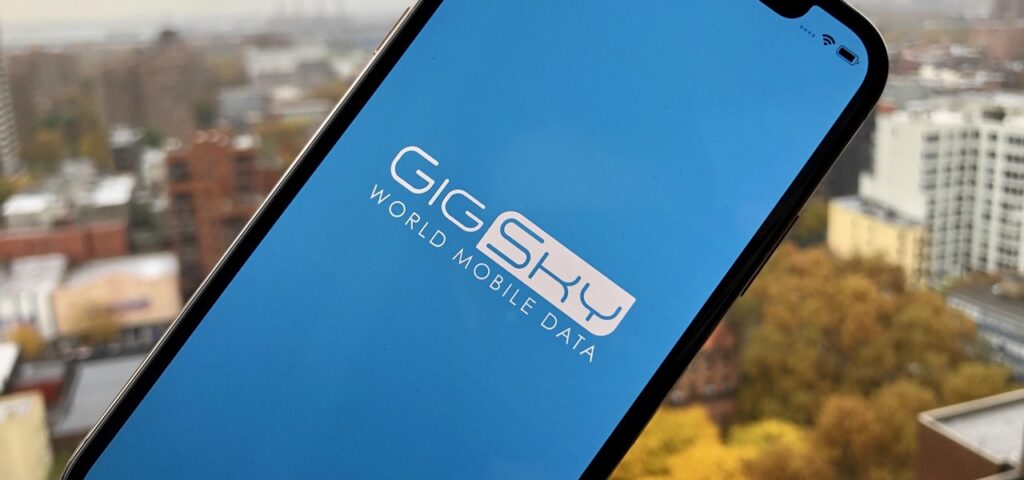Nowadays, internet accessibility can be as important as a passport for any trip plan. Travelers have two options: WiFi hotspots and global eSIM technology. Both provide a few unique features, but which is the best option for backpackers who travel overseas frequently? This article will compare the features of both, and help you pick the best option.

Convenience and Accessibility
Convenience is one of the major areas in which eSIM technology shines. Rather than traditional SIM cards that need replacing physically, a virtual SIM card is not something physical. All they have to do is select from a list of carriers and plans in their device settings. The convenience of not having to purchase and swap local SIM cards is especially useful for habitual travelers who find themselves moving between countries on a regular basis.
Initial Setup and Ease of Use
Setting your eSIM is actually remarkably simple. It’s wise to buy eSIM well before your trip, as you will want to have connectivity just after landing. Typically, this means scanning a QR code supplied by the carrier that allows you to switch on service in an instant. Establishing a WiFi hotspot, on the other hand, can be trickier and usually requires specific hardware as well as some technical skills.
Coverage and Reliability
Often, an eSIM data plan is even more reliable than fickle WiFi hotspots. eSIMs use local mobile networks and work the same way as traditional SIM cards do, ensuring consistent and dependable connectivity. WiFi hotspots, on the other hand, rely upon local (and likely spotty or unreliable) WiFi networks.
Cost Efficiency
Each alternative has its own cost, with some advantages and disadvantages. For short trips or longer multi-country visits, a travel SIM card / eSIM can be more cost-effective than constantly buying local carrier SIMs. WiFi hotspots can usually be used for cheap at best and quickly become quite pricey with additional rental fees and data costs, making them less appealing for budget-conscious travelers.
Data Security
Travelers are increasingly concerned about data security. A public WiFi network is susceptible to various types of cyber attacks. On the other hand, an international eSIM provides adequate security. eSIMs use secure cellular data, so traveling & handling more sensitive information will feel relatively safe.
Flexibility and Adaptability
International SIM card offer unmatched flexibility. Tourists can switch between any available data plans and carriers without having to change out their SIM cards physically. This is really useful for long-term travelers or digital nomads who may travel to different countries over periods.
Battery life & Device Compatibility
Compared to WiFi hotspots, the use of a global esim can be more battery-consuming. WiFi helps reduce battery drains. This is important because WiFi devices do less harm to a smartphone’s battery life. By contrast, eSIMs rely on the device’s cellular faculties powered by the battery from the device itself. Further, eSIMs may not work on many old smartphones and tablets. So, in these cases, WiFi becomes beneficial.
Availability and Support
There have been many more international SIM options/ eSIMs. It’s easier to find eSIM plans from many major carriers. By comparison, while traveling, broadband is a variance connected to the location accessibility of WiFi in the area.
In conclusion, eSIM technology and eSIM plans often win the battle for connectivity solutions for travelers. Their convenience, reliability, and flexibility make them ideal choices for modern travelers.
While WiFi hotspots can be useful in certain situations, the benefits of using a digital SIM card far outweigh the occasional limitations.